In the country site, the situation is often necessary when it is necessary to pump water that accumulated in an unnecessary place in unnecessary time. Manually get rid of the water is not always possible, it is better to use special pumps for this.
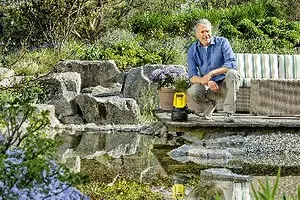
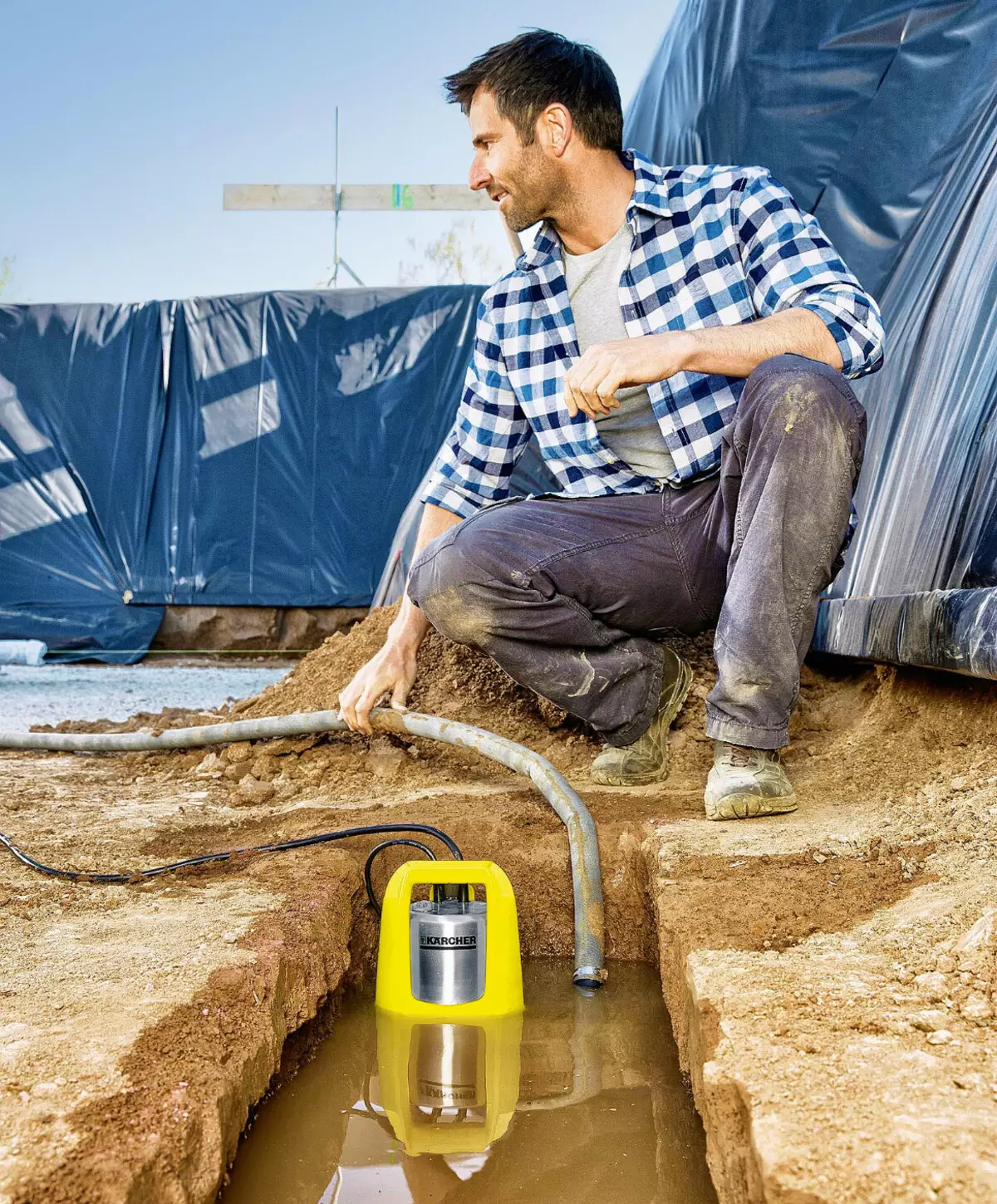
Photo: Kärcher.
Perhaps, in any country household you need such a pump "for all hands" - to pump water from barrels, pits, drainage drangies, from construction sites and in other similar situations. For such work, special drainage models are commonly used, but universal garden pumps are also used in some cases.
In what case do you need a drainage pump?
What is the difference between the drainage pump from the models of the remaining types? First, the feature of their design is the ability to pump water, figuratively speaking, from the puddles. Drainage pumps have a squat fiber-shaped case. Water intake they are carried out through holes located at its base. Fully depth is only 2-3 cm so that this technique can work normally, and some models of drainage pumps are able to pump water even from the puddle a depth of several millimeters! A very useful feature that is necessary if the water needs to be removed from a flat surface as carefully. It may be a pumping of water from the basement or the children's pool - in cases where there is no possibility to specifically buerate the pump in the pit to assemble water (this will be discussed below). In addition, drainage pumps are designed not only for clean, but also on slightly contaminated water. Indeed, in the "street" water there are always land, sand and other garbage. It is desirable that the pump be protected from their impact.
The easiest option of protection is a lattice on the hole through which the water is taken. In professional techniques, pumps with a working mechanism of durable, wear-resistant material are used. Such models are expensive (tens of thousands of rubles), and they make sense to acquire only for permanent work in difficult conditions, for example, for pumping water from the construction pit. Household drainage pumps worth several thousand rubles for such a serious load are not calculated. This is usually a centrifugal type pumps with a plastic impeller. If large pebbles fall into such a wheel, it will most likely cause a piece of one of the blades, and the efficiency of work will decrease. After several hitting the wheel will need to change. Ask in advance when buying, where it can be done at what price, as many owners of such pumps are faced with damage to the plastic impeller.
The drainage pump is not designed to raise water to a large height (that is, to create pressure), in contrast, say, from borehole pumps, immersed deep underground. For him, 5-10 m is quite enough. But this, many drainage pumps are characterized by high performance, which can be 10-15 m / h and more. High performance is especially necessary where there is a large amount of water. Imagine that you want to pump a pond of ~ 10 m and a depth of 1 m. The pump with a capacity of 10 m / h will cope with the pumping of such an amount for about half. And the submersible vibration pump "Kid" with a capacity of 0.5 m / h will not rub in the week.
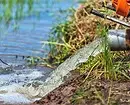
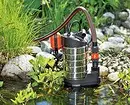
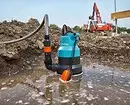
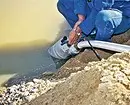
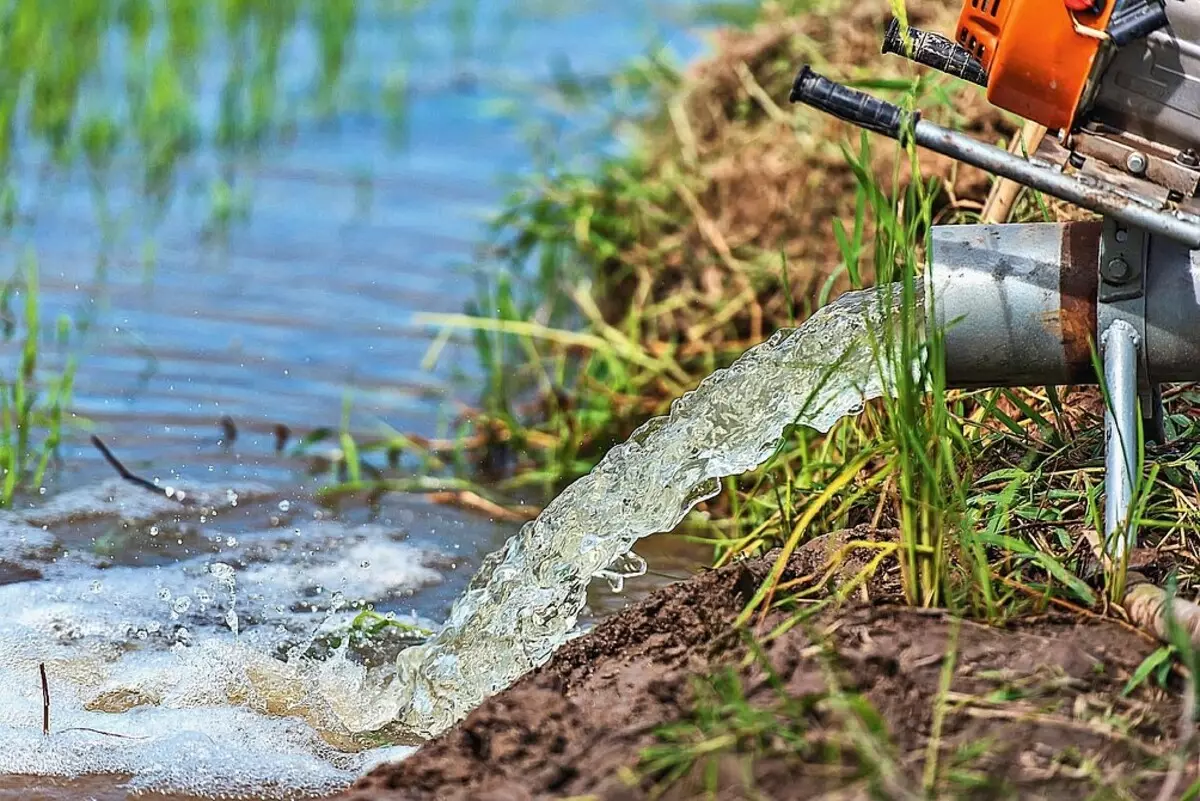
Slightly contaminated water merges into the roadside ditch. Photo: shutterstock / fotodom.ru
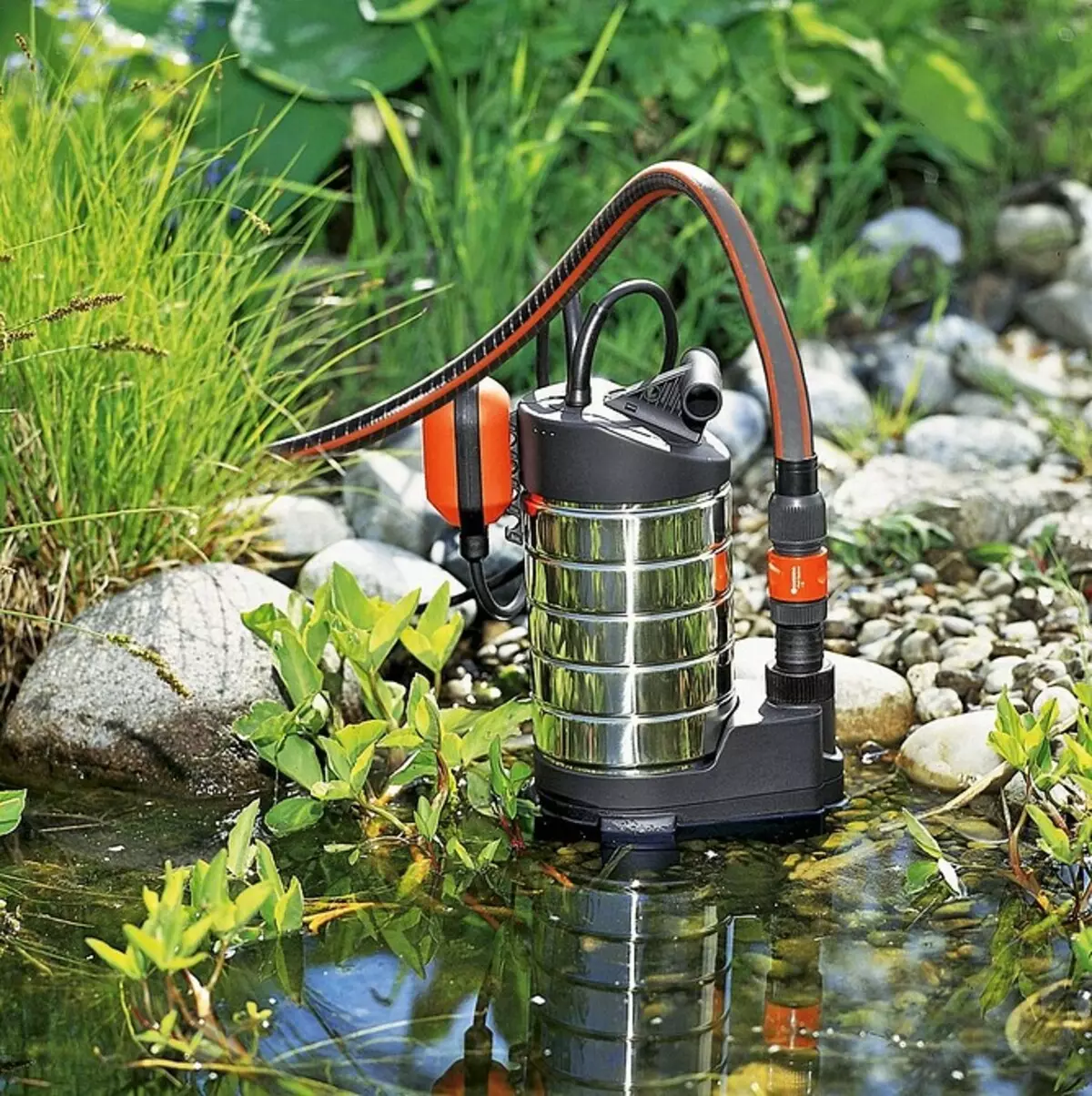
It is important to understand that under particles in the characteristics of the pump are mild cheating of soil, and not stones - a solid particle hit with a diameter of 30-35 mm household pump, most likely will not survive. Photo: Gardena.
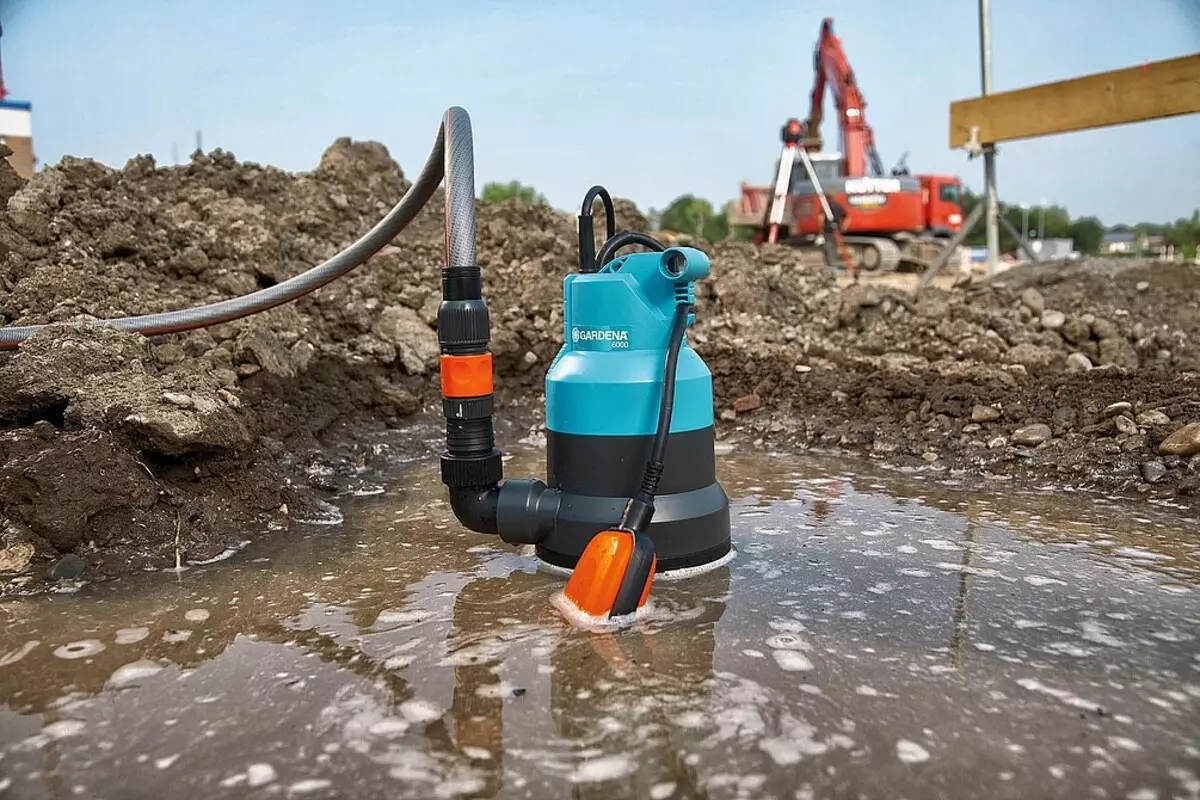
Submersible drainage pump for dirty water Gardena Classic 6000. Photo: Gardena
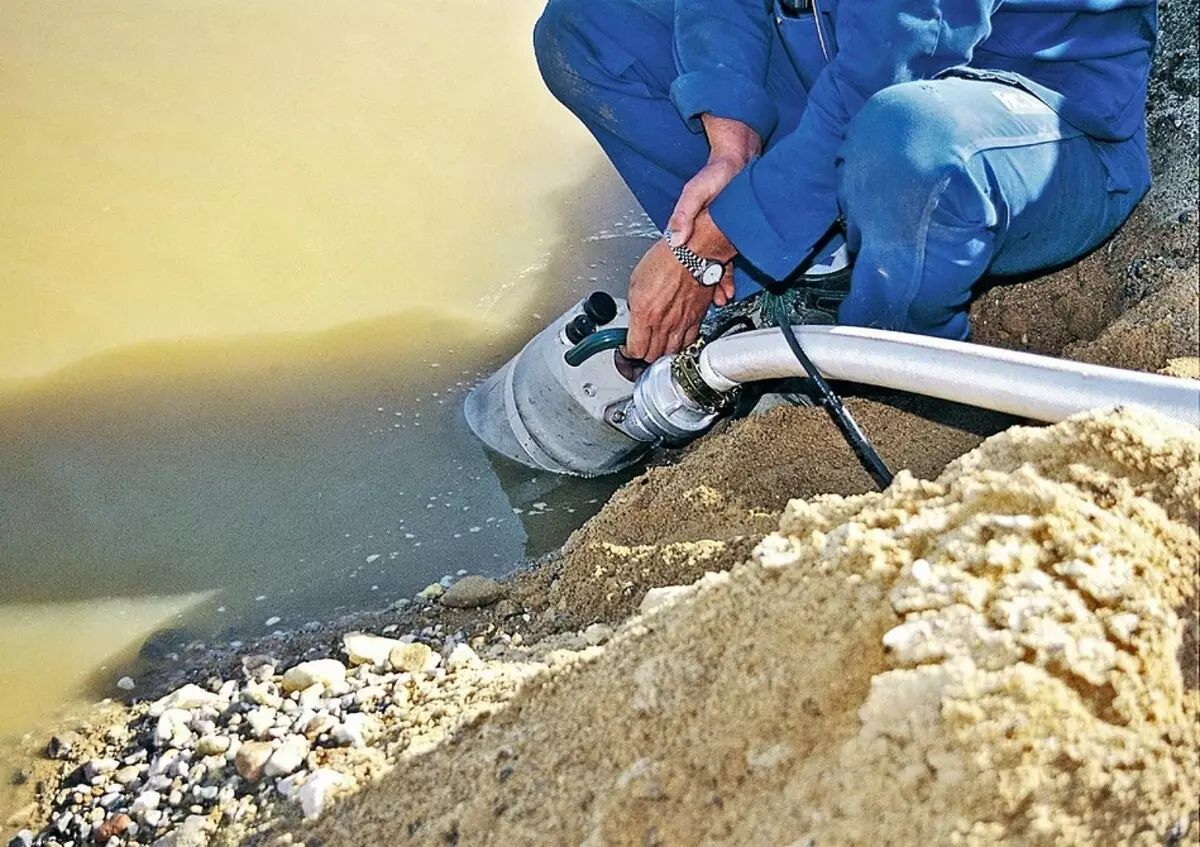
Photo: Grundfos.
Pump selection parameters
The choice of drainage pump is largely determined by the level of pollution of the fluid. Manufacturers indicate the type and nature of contaminants acceptable for a particular pump model. Most household models are calculated on the pumping of clean or weakly aggregate water with a maximum diameter of solid particles of 5 mm. When working with a liquid with the presence of solid particles of larger fractions, it is necessary to use drainage pumps with a mesh filter. To pump highly contaminated liquids with high viscosity (but without large solid particles), fecal drainage pumps are best. And for complex cases, like "liquid mud" (slurry hydraulic, with a large number of ground and solid particles) use special pumps (for example, slurry motor-pumps), which makes no sense to buy because of the high cost, but you can rent.
Another determining parameter is the performance measured in l / min or m / h. In a country cottage, the pump performance is better to choose with a margin. As for power consumed, most models it is less than 2 kW, such a dacha network will withstand such a load. For all submersible pumps, the maximum immersion depth is an important characteristic. What she is more, the better - suddenly you will have to pump off the water from the deep well. As for ergonomics, it is necessary to look at the details here. For example, on the pump knob. It should be durable to withstand his weight, because the pump hangs precisely for the handle (in no case for the electrocabylon).
Note the design of the float switch, which automates the pump operation (turns on and off the water level). It should easily trigger when changing the position of the case (check it out). Do not forget that in a number of models, the float switch must be adjusted to the defined water level, fixing the switch cable in a special holder on the housing.
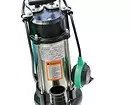
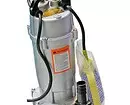
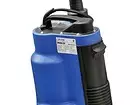
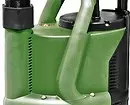
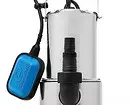
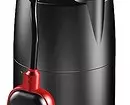
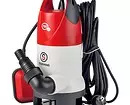
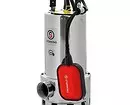
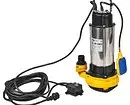
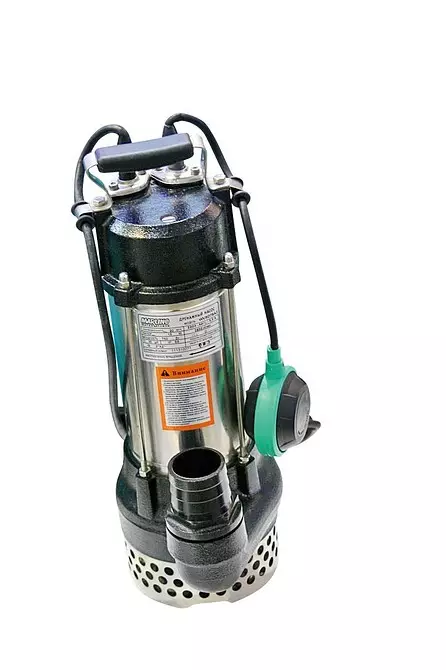
Marlino Fecal Pump in Stainless Case. Photo: Boris Bezel / Burda Media
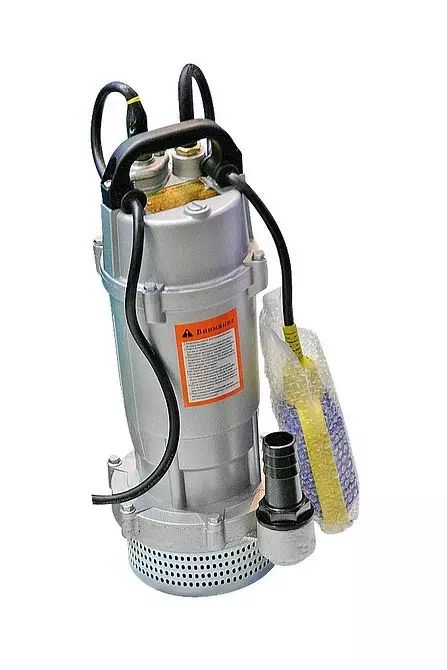
MARLINO drain pump for pure water pumps without the content of abrasive particles. Photo: Boris Bezel / Burda Media
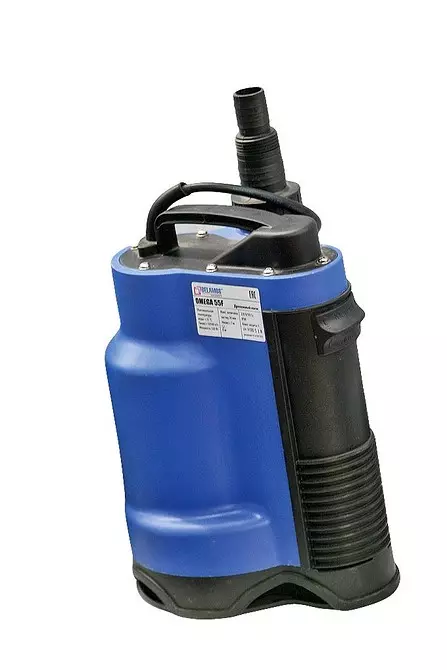
Drainage pump Omega 55f (BelamOS) with a polymer case (4100 rubles.). Photo: Boris Bezel / Burda Media
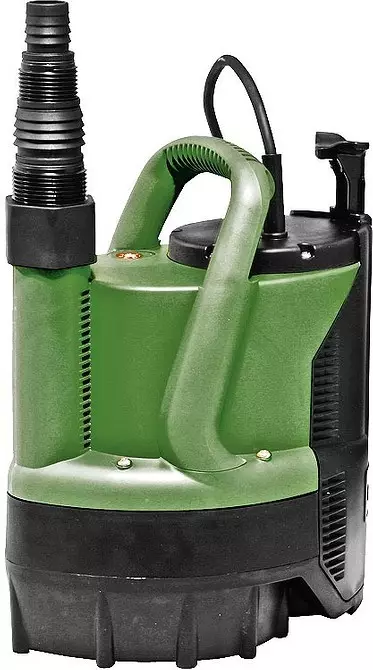
PumpsVERTY NOVA are designed for narrow wells. Photo: "AR-Service" / "Kashirsky Dvor"
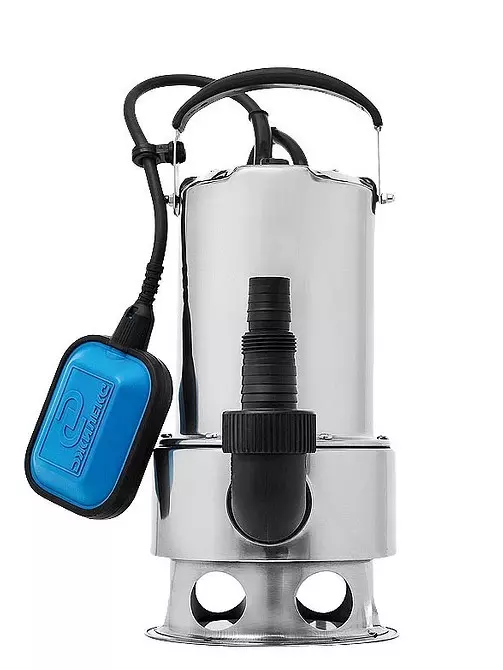
The mud fecal pump "Djilex", model "FEKALNIC 150/7 H" in a stainless steel housing. Photo: "Dzhelex"
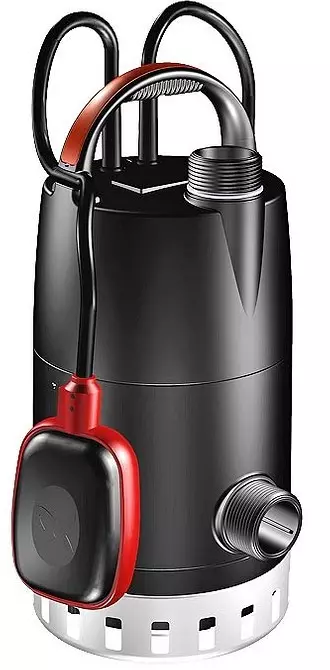
Unilift CC pumps can pump water from level up to 3 mm above the floor. Photo: Grundfos.
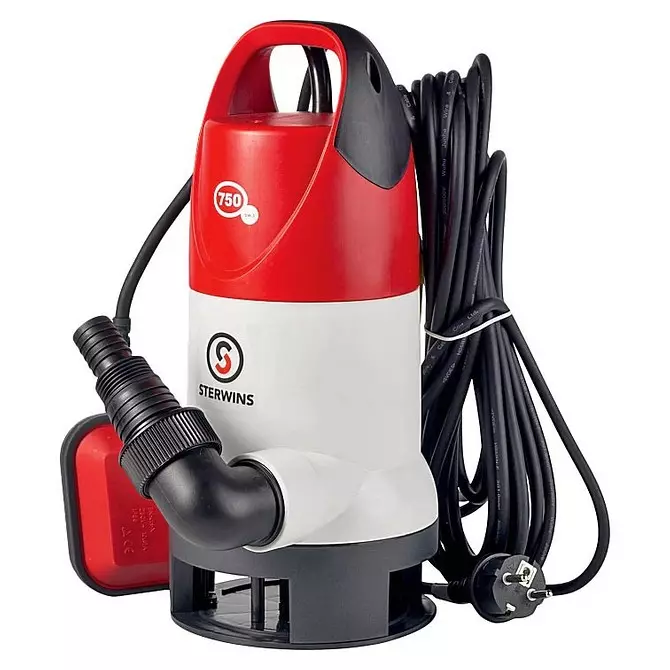
Pump submersible drainage Sterwins DW-3, 13,500 l / h. Photo: Leroy Merlin
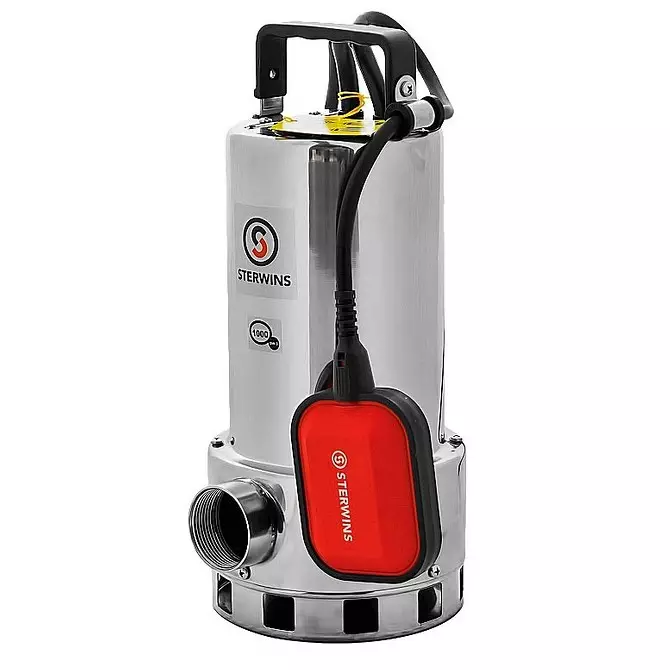
Pump submersible drainage Sterwins INOX DW-3, 18 000 l / h, for dirty water. Photo: Leroy Merlin
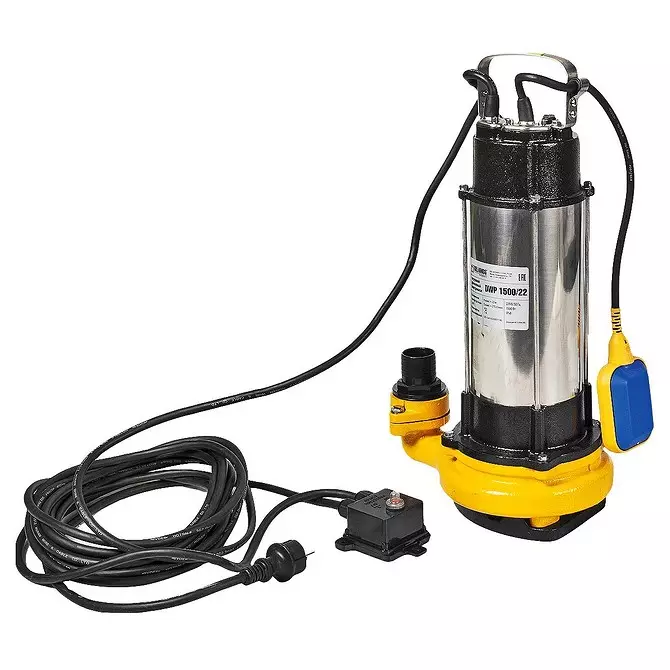
Submersible drainage pump DWP1500 / 22 (Belamos), 16 200 l / h, for dirty water, case material - cast iron / stainless steel. Photo: Leroy Merlin
Drainage pump installation site
To pump water from cellars and pita, it is desirable to equip the future place of installation of the drainage pump. To do this, in the corner of the dried area, the depression - a pit. The pulp diameter for the drainage pump should be so as to accumulate the operation of the float switch. For example, for the Drainage pump, the Dzlex Drainage 110/6 The pulp diameter must be at least 50 cm for pumps similar in power and performance, approximately similar size. The walls of the deepening must be strengthened. On the perimeter of the territory, drainage grooves with a bias are constructed.5 signs of a good drainage pump
Lack of vibration
Centrifugal pumps are glorious in that they work very smoothly, without jolts and vibration, characteristic of vibration pumps. And the less the technique of balamutitis water, the less dirt gets into the working mechanism, the longer the pump will live.Full set of roads
Household models are equipped with nozzle adapters for connecting garden hoses with different inner sections. The presence of a set of such adapters will make it easy to connect the hose to the pump.
Long cable
The longer the cable, the safest technique. In household models, a cable is usually used for at least 8-10 m.Big weight
The severity of the device indirectly indicates that the engine winding is made of copper wire, and not aluminum. Ask the seller what kind of engine winding. In other other characteristics, choose copper, it will last longer.
Metal housing
The point here is not in strength - the metal is a much better heat conductor, rather than plastic, and therefore the device in the metal case will be more reliable from overheating.
